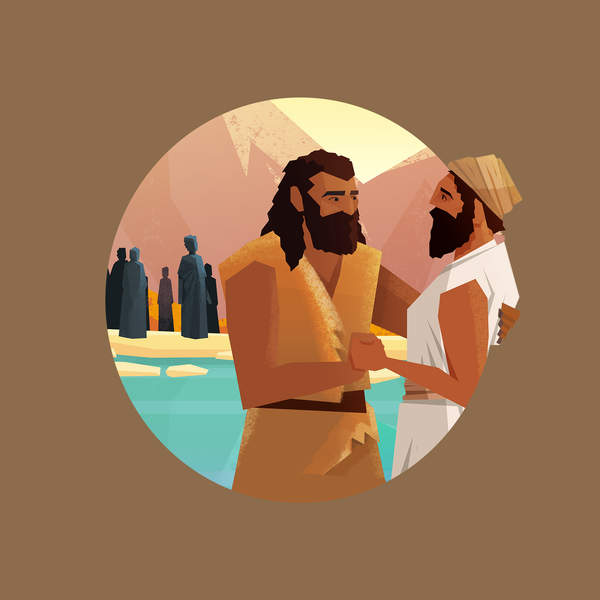
To the Ends of the Earth
Episode Chapters
Show Notes
In part 1, (0-11:40) Tim notes the ways that Luke has mapped the story of Paul on top of the story of Jesus. He quotes from Charles Talbert. “In Luke-Acts we find an architectural pattern of correspondences between the career of Jesus and the life of the apostles. In this way, Luke portrays the deeds and teachings of Jesus as the pattern for the acts and instruction of the apostolic church in the book of Acts. It is near impossible to avoid the conclusion that these correspondences between Jesus and his followers serve this purpose: Jesus is the master and the source of the Christian way of life that is imitated by his disciples.” — Charles Talbert, Literary Patterns and Theological Themes in Luke-Acts. Tim points out several interesting symbolic ways that Luke and Acts are similar. For example, when Jesus and Paul initially go to Jerusalem. They are both greeted warmly, and they both immediately go to the temple. Both Jesus and Paul stand before someone named Herod. In both cases a Roman centurion is given a positive portrait. In part 2 (11:40-21:30) Jon asks why would Luke be so interested in comparing Paul and Jesus together? Tim says that the parallelism isn’t meant to lessen Christ’s status, but instead to show that Christ’s work is continuing in regular humans who are now being grafted in, being created new as a new humanity following in Christ’s example and life. Tim shares a quote from scholar Michael Goulder: “Luke is writing a typological history, the life of Jesus providing the template for the life of the church. It is the Pauline doctrine of the body of Christ which is finding here a literary expression in the patterns and cycles of Luke’s narrative. Christ is alive and continuing his own life through his body, that is, his church.” — Michael Goulder, Type and History in Acts, 61-62. In part 3, (21:30-end) The guys discuss how the book of acts concludes. To many modern readers it is an abrupt ending. Tim shares a scholar Ben Witherington: “The ending of the book of Acts makes it clear that Luke’s purpose wasn’t simply to chronicle not the life and death of Paul, but rather the rise and spread of the gospel and of the social and religious movement to which it gave birth. Luke has provided a theological history that traces the spread of the good news from Jerusalem to Rome, from the eastern edge of the Roman Empire into its very heart. Rome was not seen in Luke’s day as the edge of the known world, and so the reader would know very well that Jesus’ mission to spread the gospel to the ends of the earth (Acts 1:8) was still ongoing in his own day. However, for Luke it was critical and symbolic that the message reach the heart and hub of the Empire, as a challenge to Caesar and a gateway into to the ends of the earth. The open-endedness that the modern reader senses in the ending of Acts is intentional. Luke is chronicling not the life and times of Paul (or any other early Christian leader), which would have a definite conclusion, but rather a phenomenon and movement that was continuing and alive and well in his own day. For Luke, Paul’s story is really… about the unstoppable word of god, which no obstacle, no shipwreck, no snake-bite, and no Roman authorities could hinder from reaching the heart of the empire and the hearts of those who lived there. -- Adapted from Ben Witherington III, The Acts of the Apostles: A Socio-Rhetorical Commentary (Grand Rapids, MI: Wm. B. Eerdmans Publishing Co., 1998), 809. Thank you to all our supporters! Show produced by: Dan Gummel
Scripture References
Referenced Resources
- Ben Witherington III, The Acts of the Apostles: A Socio-Rhetorical Commentary (Grand Rapids, MI: Wm. B. Eerdmans Publishing Co., 1998), 809.
- Michael Goulder, Type and History in Acts
- Charles Talbert, Literary Patterns and Theological Themes in Luke-Acts.
Interested in learning more? Check out Tim's library for a list of recommended books and other resources.
Get the BibleProject app for access to our entire library of resources in one place.
